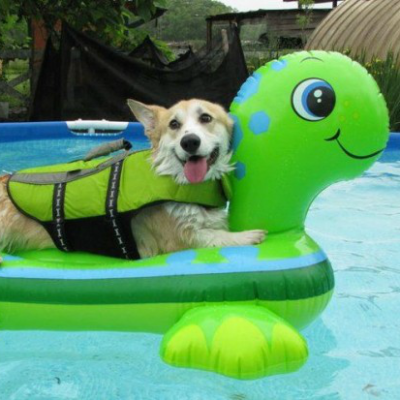
What is heat stroke?
Heat stroke or heat exhaustion occurs when the pet experiences a marked increase in body temperature. Normal temperature range for cats and dogs is ~38–39ºC. Other than as part of an underlying illness, pets can become overheated after being enclosed in a hot area, or due to over exertion with excessive exercise.
Heat stroke affects the entire body and can cause anything from very mild signs to very severe and life threatening illness. Those breeds with short noses like Boxers, Bulldogs and Mastiffs are at greater risk.
Symptoms
– body temperatures exceeding 39.5ºc
– excessive panting
– dark or bright red tongue and gums
– sticky or dry tongue and gums
– staggering, weakness, body tremors
– state of near-unconsciousness
– seizures
– bloody diarrhoea or vomiting
– coma
– death
What to do
Effectively cooling the pet is essential using cool water and a fan (NOT ice blocks in direct contact with the skin). Take your pet to the Vet immediately as your pet’s life is at risk and heatstroke can also cause long term organ damage.
Prevention
The best way to prevent heat stroke is by keeping your pet cool. Never leave your pet in a hot car, keep your pet’s coat short in Summer, exercise during the cooler parts of the day, ensure your dog always has access to clean cool drinking water and shelter from the sun.
Ideas to cool pets
DOGS. Spray bottles with cool water jetted on the pet’s underside, wading pools, keeping indoors during hot times of the day, ice treats like frozen kongs.
BIRDS. Frozen watermelon treats.
RABBITS. Frozen peas for rabbits to lie next to and nibble on.
RATS. Fill a small tub or container with water and then throw in some peas. They will get into the water and (depending on how deep it is) will dive for them.


